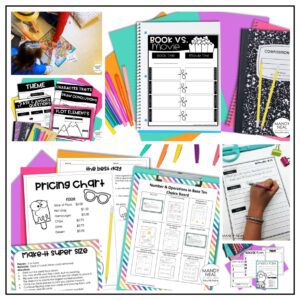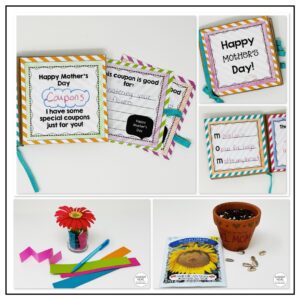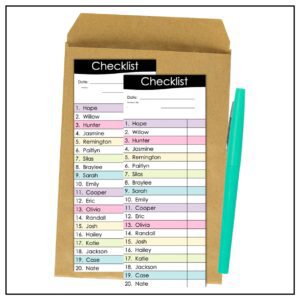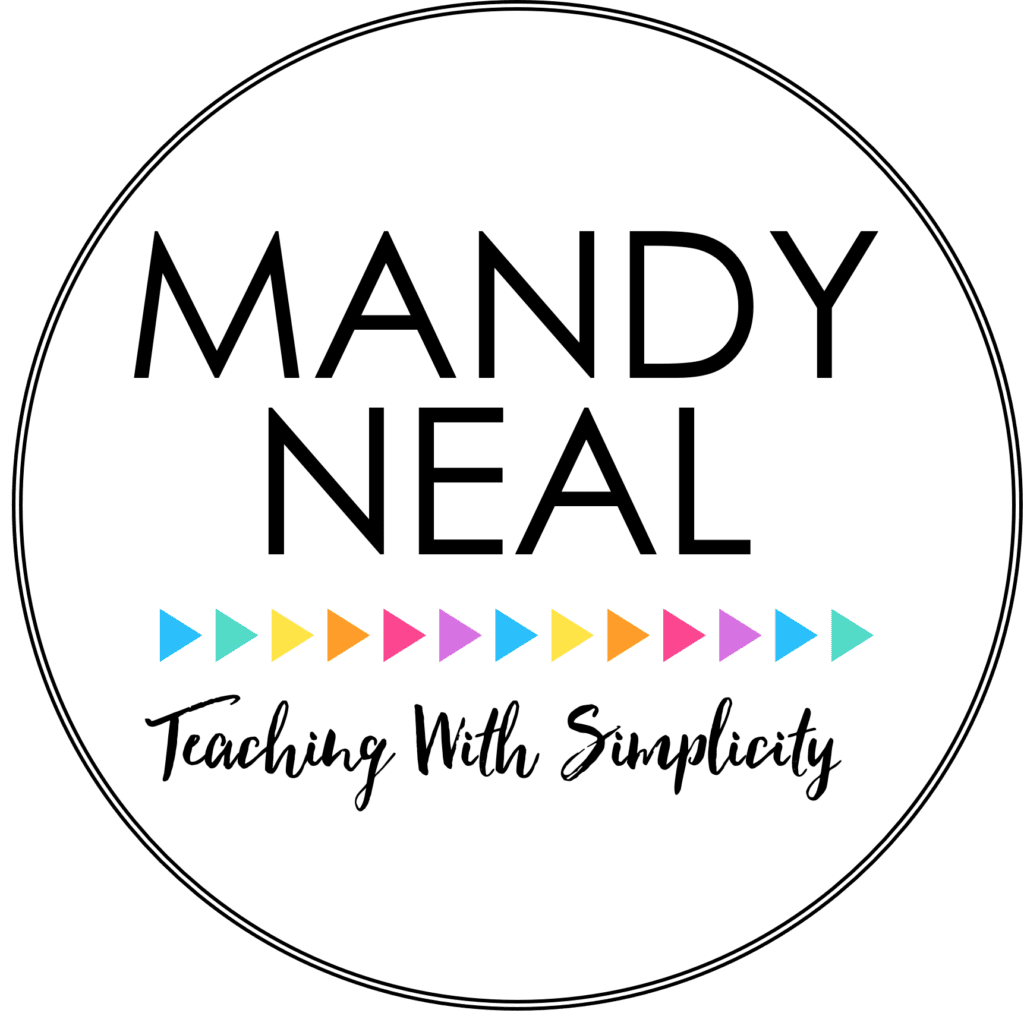Looking for new ways to keep your upper elementary students engaged and excited in the classroom this February? Look no further! In this article, we will explore 7 fun and educational activities that will spice up your lessons and captivate your students’ attention.
From Valentine’s Day-themed math games to Black History Month research projects, these activities offer a perfect blend of learning and fun. With these ideas, you can make the most of February’s unique opportunities for learning and exploration.
Not only will these activities make your classroom a more enjoyable place for both you and your students, but they will also promote critical thinking, collaboration, and engagement. So, get ready to transform your upper elementary classroom into an exciting hub of knowledge and creativity during February with these 7 fun and educational activities.
1. Valentine's Day Activities
Kick off the month of February with a Valentine’s Day word search activity that combines language skills with the spirit of the holiday. Create a word search puzzle with Valentine’s Day-themed words such as “love,” “heart,” “cupid,” and “flowers.” You can find free online tools to generate word search puzzles or create your own using graph paper.
Divide your students into small groups and provide each group with a copy of the word search puzzle. Encourage them to work together to find all the words within a given time limit. This activity promotes collaboration, problem-solving, and vocabulary development.
To extend the word search, you could have students:
- Use each word in a sentence.
- Write the definition for each word.
- Sort each word according to the parts of speech.
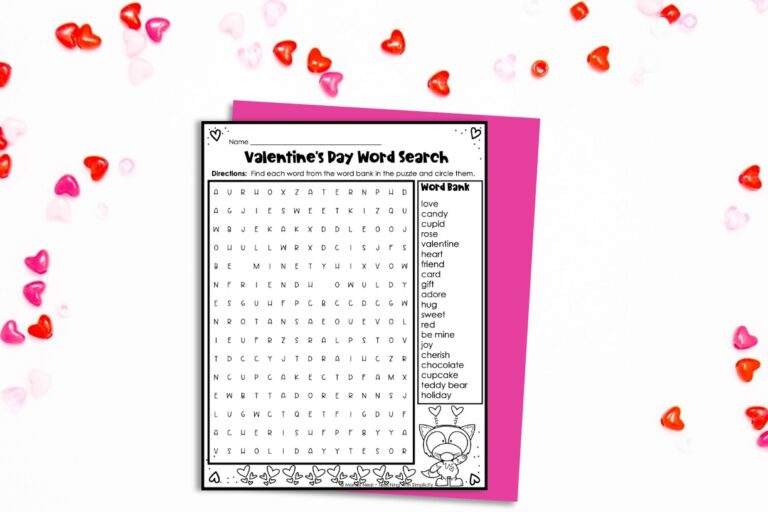
Candy heart math activities are also fun to incorporate learning with Valentine’s Day. Opportunities for reviewing fractions, graphing, area, perimeter, and estimation work great with those famous candy hearts.
“I Have, Who Has” is a popular classroom or group game often used to reinforce and review various concepts in a fun and engaging way. The goal of the “I Have, Who Has” game is for the entire group to work together to connect all the cards in the correct order successfully. The Free Valentine’s Day I Have, Who Has game is perfect to play during your Valentine’s Day party!
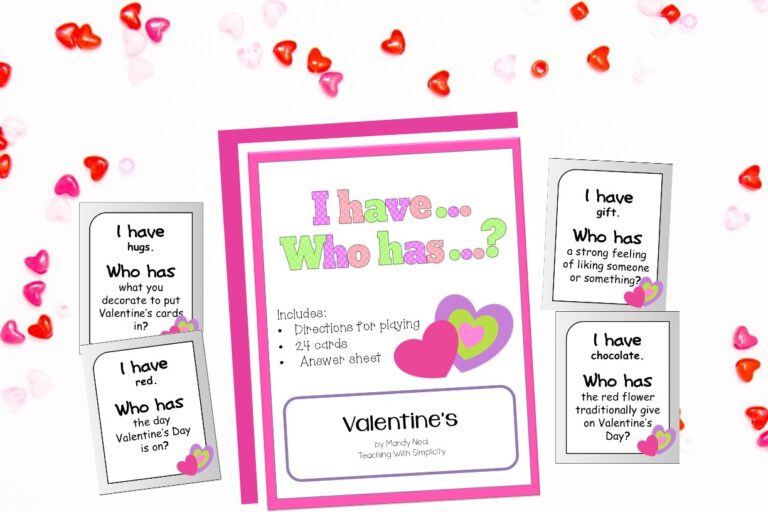
Provide your students with a free Valentine-themed choice board. It offers various activities for Valentine’s Day and is great for early finishers. Students can create posters, write poems, compare holidays, write letters, make words, and more. Student choice supports differentiation by allowing students to engage in activities that cater to their interests and learning needs.
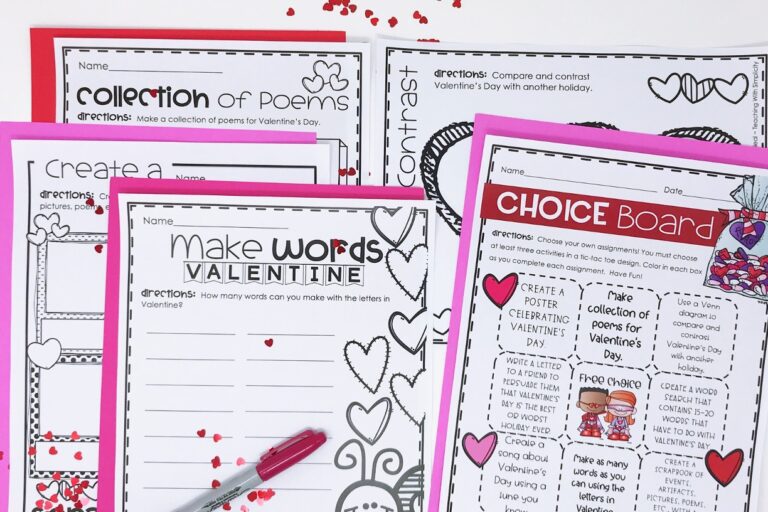
2. Black History Month research project
Black History Month provides an excellent opportunity to explore the achievements and contributions of African Americans throughout history. Assign each student a notable figure or event in African American history and have them research to create a presentation or poster.
Encourage students to delve deep into their chosen topic, gathering information from books, websites, and other reputable sources. They can create a timeline, highlight significant milestones, or focus on the impact their chosen figure or event has had on society.
To foster collaboration and discussion, you can organize a mini-exhibition where students present their research to the rest of the class. This activity promotes research skills and encourages empathy, cultural awareness, and public speaking abilities.
3. Groundhog Day prediction game
Groundhog Day is a quirky February tradition that can be turned into an exciting prediction game for your students. Begin by discussing the history and folklore behind Groundhog Day, explaining how a groundhog’s behavior is believed to predict the arrival of spring.
Create a chart or graph where students can record their predictions about whether the groundhog will see its shadow. Allow each student to make their prediction and explain their reasoning. Discuss the factors influencing the groundhog’s behavior, such as weather conditions or the groundhog’s habitat.On Groundhog Day, watch the live broadcast of the groundhog’s prediction together as a class. Compare the students’ predictions with the actual outcome and analyze the results. This activity promotes critical thinking, data analysis, and understanding of weather patterns.
4. Presidents' Day timeline activity
Presidents’ Day provides an opportunity to learn about the history and significance of the presidents of the United States. Engage your students in a timeline activity where they research and create a timeline showcasing the different presidents and their notable achievements.
Divide your students into small groups and assign each group a specific time period or set of presidents to research. Provide them with resources like books or websites to gather information about each president’s major accomplishments, challenges, and contributions.
Once the groups have completed their research, have them create a timeline using a large sheet of paper or a digital tool. Each group should present their timeline to the class, explaining the key events and highlighting the impact of the presidents during their assigned period. This activity promotes research skills, historical understanding, and presentation abilities.
After students have researched and completed projects around Presidents Day, play this free whole class activity: Presidents I Have, Who Has game.
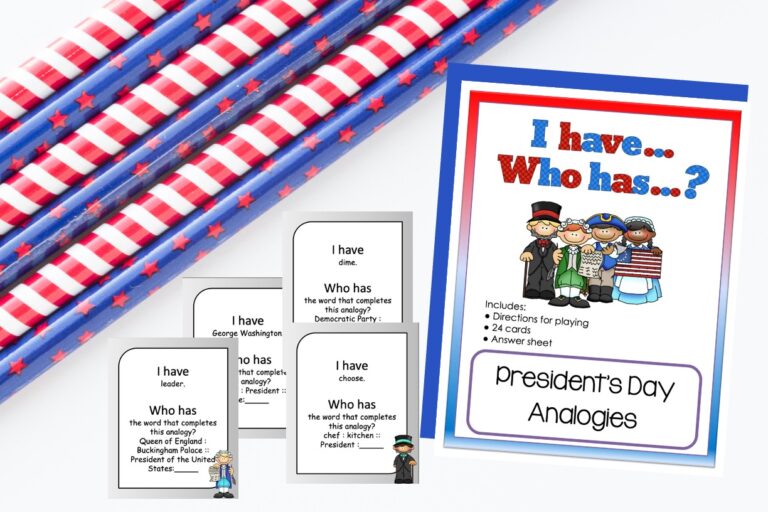
5. Winter Olympics math challenge
The Winter Olympics, which often occur in February, offer many opportunities for incorporating math into your lessons. Design a math challenge that relates to the Winter Olympics, focusing on concepts like measurement, statistics, and geometry.
For example, you can ask students to calculate the average speed of a downhill skier, measure the angles of a snowboarding trick, or analyze the statistics of different countries’ medal counts. You can also incorporate problem-solving tasks that require students to use their math skills to solve real-life scenarios related to the Winter Olympics.
To make it more engaging, divide your students into teams and turn the math challenge into a friendly competition. Award points for correct answers and encourage students to collaborate and support each other in finding solutions. This activity reinforces math skills and promotes teamwork, critical thinking, and problem-solving abilities.
6. Random Acts of Kindness challenge
February is the month of love and kindness, with Valentine’s Day inspiring acts of love and compassion. Encourage your students to spread kindness throughout the month by organizing a random acts of kindness challenge.
Provide each student with a kindness card or journal where they can record their acts of kindness. These acts can be as simple as helping a classmate, complimenting someone, or performing an act of service for their community. Encourage students to reflect on the impact of their kindness and how it made them and others feel.
At the end of the month, gather as a class and share the acts of kindness students have performed. Discuss the positive effects of kindness and how it can create a more compassionate and inclusive classroom environment. This activity promotes empathy, social skills, and a sense of community.
6. Leap Year writing prompt
Leap Year occurs every four years, adding an extra day to the calendar in February. Capitalize on this unique occurrence by engaging your students in a leap-year writing prompt activity.
Ask students to imagine what they would do if they had an extra day in the year. Encourage them to think creatively and consider how they would spend their time, what activities they would engage in, or what goals they would pursue.
Provide students with writing prompts or graphic organizers to help them structure their ideas. Once they have completed their writing, allow students to share their responses with the class. This activity promotes creative thinking, writing skills, and self-expression.
Additional February Teaching Resources
Pennant Peekers are perfect grammar, reading, or math review activities. They provide you with a festive Valentine’s Day bulletin board display. Once the pennant is complete, students can color and cut them out. You can staple them to a bulletin board or hang them on a string across the room to display their work and creativity.
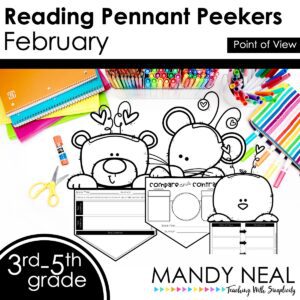
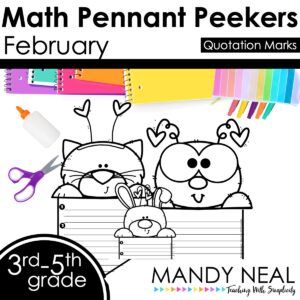
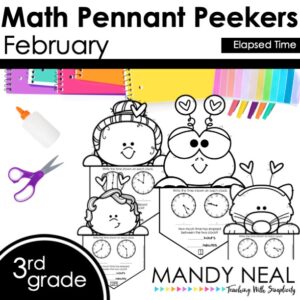
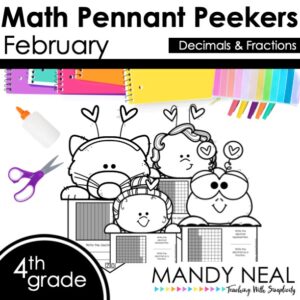
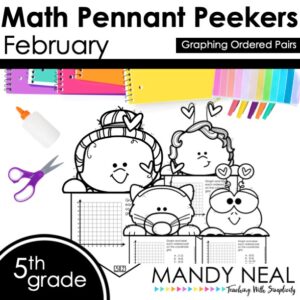
Incorporating fun and educational activities into your upper elementary classroom this February can elevate the learning experience and captivate your students’ attention. You can create a classroom environment that fosters critical thinking, collaboration, and engagement by tapping into the unique opportunities presented by February events such as Black History Month, Groundhog Day, Presidents’ Day, and the Winter Olympics.
So, get ready to transform your upper elementary classroom into an exciting hub of knowledge and creativity this February with these 7 fun and educational activities. Your students will enjoy their time in class and develop important skills and a love for learning that will last a lifetime.



